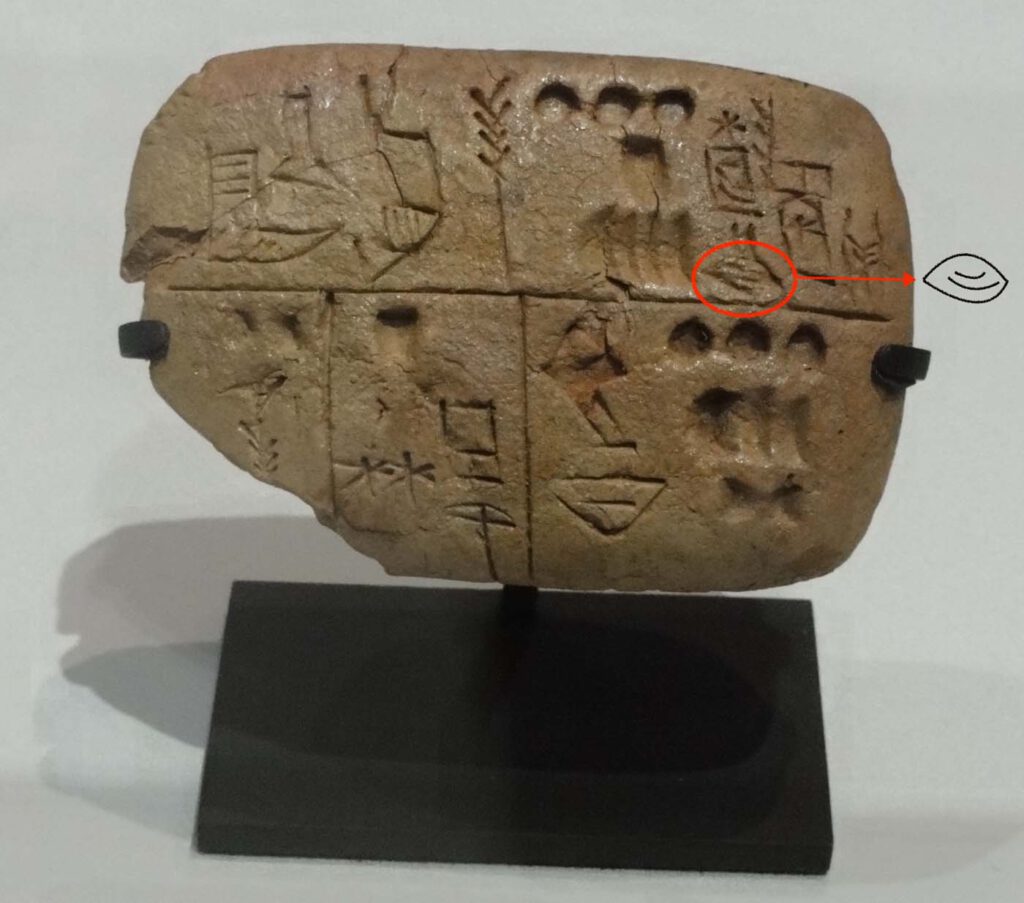ŠÀ, libbu

ŠÀ, libbu Detail of sign ŠÀ from AO 29561 (CDLI P005337) Photo: Louvre Museum, Paris, France.CC BY-SA 3.0 DE – The cuneiform sign ŠÀ, libbu in Akkadian, is a general term used to refer to the internal organs of the body, both animal and human. It is translated with “heart” (the original pictogram from which […]
kukkudru

kukkudru (Only known) drawing of the forth stomach of a sheep (abomasum) on the reverse of a clay tablet containing extispicy omens regarding the stomach of sacrificial sheep (kukkudru). Vorderasiatisches Museum, Berlin (Museum Number: VAT 13141 – Bab 36607), reverse. Photo: Staatliche Museen zu Berlin – Vorderasiatisches Museum / Olaf M. Teßmer – The reverse […]
Mask of Huwawa

Previous slide Next slide Mask of Huwawa Clay tablet depicting the face of the demon Huwawa (Humbaba), also rendering the intestines of a sheep inspected for divination. British Museum, London (Museum Number: BM 116624), obverse and reverse. Photos: © The Trustees of the British Museum.CC BY-NC-SA 4.0 – The coils of intestines reproduced on tīrānū-models […]
tīrānū

Previous Next tīrānū Clay tablet representing a conical model of tīrānū, sheep entrails. Yale Babylonian Collection, New Haven, Connecticut (Museum Number: YBC 3000; or CDLI no. P290764), side and top view. Photos: Yale Peabody Museum of Natural History.CC0 1.0 Universal (CC0 1.0) – The clay model YBC 3000 is a plastic rendering of tīrānū, sheep entrails, […]
